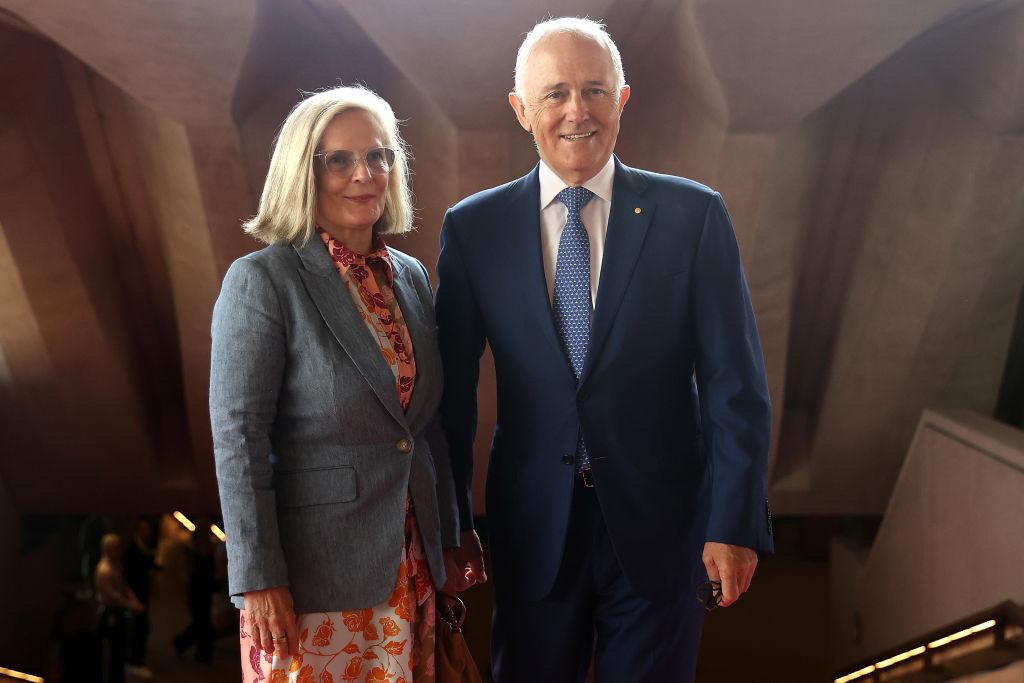Former Prime Minister Malcolm Turnbull’s private renewable energy company has won a competitive tender to explore hydrogen power storage in New South Wales (NSW).
Upper Hunter Hydro, owned by Mr. Turnbull and his wife, will investigate the design of two pumped hydro energy storage systems on Water NSW land at Glenbawn and Glennies Creek in the Hunter Valley.
The project could incorporate wind energy in the future, under the development agreement awarded by Water NSW.
Hydro power uses the energy of moving water to generate electricity. A pumped hydro scheme pumps water from a lower reservoir to a higher one to store energy when there is plenty of power available, and then pumps it back down when the energy is needed the most.
Turnbull said he and his wife Lucy founded Upper Hunter Hydro to deliver the “deep energy storage essential for a net-zero carbon world.”
“Lucy and I have been landowners and part of the Upper Hunter community for over 40 years and are acutely aware of the need to create sustainable, long-term industries that support the economic diversity of the region as the world transitions away from fossil fuels. These projects are part of that solution.”
Upper Hunter Hydro, a renewable energy company, is working on developing deep energy storage for a net zero carbon world. Hydropower consultant and engineer Roger Gill is on the board of the company.
The company is planning to take the projects to a design phase including community and stakeholder consultation and an environmental assessment followed by seeking planning approvals and investor confidence for development.
The pumped hydro projects could potentially store energy to generate more than 1,000 megawatts of power that could last eight hours.
A Rocky Road
In a release (pdf), the company said the transition to a zero or low emission energy supply is a greater challenge in NSW because the state has been “so dependent on coal fired generation.”The company notes pumped hydro, batteries, and virtual power plants in Australia will need to increase from 3 gigawatts to 57 gigawatts by 2050 to support the clean energy transition.
“Australia currently has all the tools to deliver a zero-emission energy reality. We don’t need to invent new technologies, we have all the resources we need; the one resource we don’t have is time,” Mr. Turnbull said.
“By deploying a mix of variable renewable energy including wind and solar, supported by pumped hydro storage it is possible to transition away from coal and meet our climate targets.
“We are excited to be moving forward with these critical projects, providing NSW with long duration energy storage, creating local jobs and lasting economic benefits to the Upper Hunter region.”
Australia currently has three pumped hydro systems, with a further two in construction and more being considered, emeritus professor Professor Andrew Blakers said during an interview in December 2023.
“And on sunny and windy days you pump the water uphill to the upper reservoir, and in the middle of the night you can let that water come back down through the turbine to recover that energy. You lose about 20 percent of the energy in that up and down round trip, but 80 percent of the energy is available, and this is similar for batteries.”
In the United States, there are 43 pumped storage hydropower plants with the capacity to power more than 16.7 million homes, according to Just Energy.
Growing Industry
Meanwhile, new analysis reveals the broader global energy storage systems market is predicted to reach US$435.4 billion (AU$665 billion) from 2030, more than double the $188.5 billion market size in 2020.Hydro storage power storage generation is predicted to increase, the release by Allied Market Research notes.
“This is attributed to the rise in demand for pumped hydro storage power generation across the globe. In addition, government initiatives toward renewable energy generation are expected to drive the growth of the market during the analyzed time frame.
“Moreover, the surge in power consumption across the globe is projected to fuel energy storage systems market growth in the coming years.”







